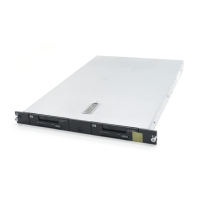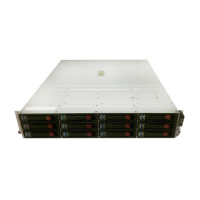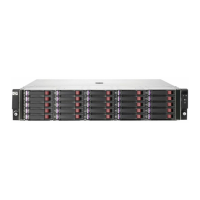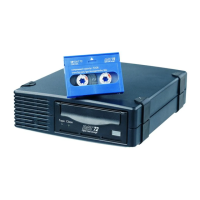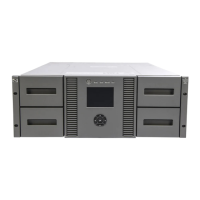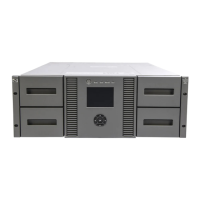1 Introduction
Unless otherwise specified, the term P9000 in this guide refers to the following disk array:
• P9500 Disk Array
The GUI illustrations in this guide were created using a Windows computer with the Internet Explorer
browser. Actual windows may differ depending on the operating system and browser used. GUI
contents also vary with licensed program products, storage system models, and firmware versions.
Audit logs are created on the SVP computer in the storage system. You can access the audit logs
that are output by the SVP, but the SVP is accessible only by support personnel.
Overview
The audit log is an important tool you can use to keep track of operations, to monitor security, to
investigate the cause of errors, and to avoid potential errors.
Audit logs store a history of the following:
• Operations performed from a Remote Web Console computer or an SVP
• Commands that the storage system received from a host or computer using RAID Manager
• Operations about encryption key for data encryption
The history may not be output in order of a time series. This history includes the user, the time of
the operation, the name of the operation, any parameters set, and the end result (normal completion
or error message). Each audit log file ends with a serial number, from 0,000,000,000 to
4,294,967,295. When the number reaches 4,294,967,295, it resets and starts over at
0,000,000,000.
There are two types of audit log files:
• Audit log file, which consists of two files:
Auditlog information file 1 contains operations performed from the Remote Web Console
computer or SVP.
◦
◦ Auditlog information file 2 contains commands sent from a host or a computer using RAID
Manager. You can download them to your Remote Web Console computer or transfer
to a primary or secondary FTP server
• Syslog file. This file contains the audit log. You can download it to your Remote Web Console
computer or transfer it to a primary or secondary syslog server.
Features
The audit log feature stores a history of all operations performed on a computer using the Remote
Web Console feature. This history includes the user, the time of the operation, the name of the
operation, any parameter set, and the end result (normal completion or error message). The audit
log file records until full and then starts over, rerecording from the beginning of the file.
Audit Log file description
The following table describes the audit log file components:
Overview 11

